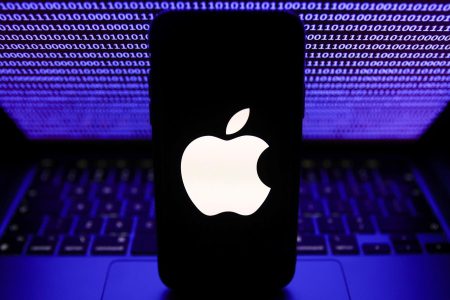In association with its October investor call, Western Digital (WDC) said that it plans to spin off its Flash Memory Business as a separate business unit as a pure-play NAND company supported by the joint venture with Kioxia. This decision appears to have avoided the merger between WDC’s NAND flash business and Kioxia that has been rumored for many months.
We have written before about rumors of a merger between Kioxia and WDC’s flash memory business. It seemed to this author that such a merger would be more beneficial to Kioxia than to WDC. Although rumors of a merger have been circulating for over a year now, it now appears that such a merger won’t happen.
This spin off is targeted to be completed by the second half of 2024. Below is a slide from the announcement summarizing the company’s spin out plans.
The company also provided some color on its HDD and flash business as shown below.
WDC said that its HDD business is projected at about $25B in calendar year 2025 with an estimated 12% cumulative annual growth rate (CAGR) between 2022 and 2025. The company said that its HDD market share in CY21 was 38%, 39% in CY22 and 40% in the first half of 2023.
WDC’s HDD business is second to Seagate with Toshiba as the third manufacturer of HDDs. WDC indicated that it was planning on HAMR HDDs. Seagate is currently qualifying HAMR high-capacity HDDs for the enterprise and data center markets.
WDC said that it estimated that its NAND flash business would be about $89B in calendar year 2025 (it is estimated at $59B in 2022) with about a 15% CAGR between 2022 and 2025. The company estimates that its NAND flash market share was 14% in the first half of 2023 and it was 14% and 13% in calendar 2021 and 2022.
WDC’s flash business combined with its manufacturing partner Kioxia’s market share was about 31% in 2022. The joint venture with Kioxia will continue with the flash company spun out of WDC.
WDC said that shareholders will get stock in both the HDD and NAND flash companies with both companies focusing on their particular markets and needs. In addition to the news of the planned spin-off of the company’s flash business, WDC reported that its flash memory bit shipments increased 25% sequentially and 49% year-over-year and its plans a client SSD transition to BiCS6 with QLC flash in 2024.
The 26TB UltraSMR HDD accounted for nearly half of nearline exabyte HDD shipments and WDC said that its 28TB UltraSMR drive qualifications are happening and that it had a roadmap to 40+TB HDDs. Overall revenue in the last quarter was $2.7B with a non-GAAP earnings per share (EPS) of -$1.76. Flash gross margins were -10% and HDD gross margins were around 22%. HDD exabyte shipments decreased 5% over the prior quarter with HDD ASPs of $112.
What impact will the spin-out of WDC’s flash memory business have. According to analyst Jim Handy of Objective Analysis he said that the spin-out might benefit shareholders, now getting returns from two companies, rather than one. He thought though, that otherwise there will be little impact on the market, as there would be no more or fewer flash memory suppliers than there were before the spin-out.
WDC has decided to spin-out its flash memory business into a separate company by the end of 2024. This ends Kioxia and WDC flash business merger rumors, at least for a while. Shareholders might benefit, but this will likely not have much impact on the market.
Read the full article here










